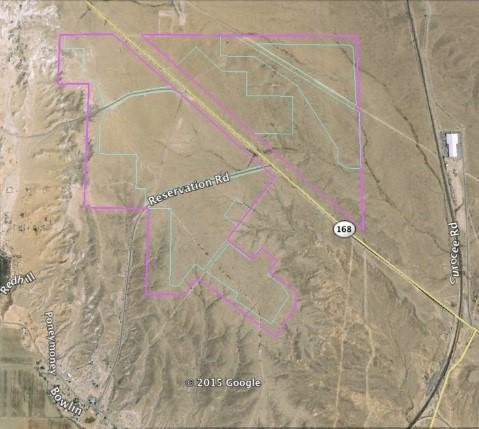Should You Add First Solar to Your Portfolio
Post on: 17 Июнь, 2015 No Comment

If you’ve seen the documentary Gasland. then you’re already aware of the monumental dangers of natural gas fracturing, more commonly known as fracking. Proponents of this hydrocarbon removal process implore that it can help wean the U.S.’s consumption of foreign oil, particularly in the Middle East. The risks, however, are far more severe, as fracking has been linked to ground water contamination, air pollution, and even increased seismic activity. It is these threats that have caused a concern group of the nation’s top thinkers to ponder if the EPA should impose a moratorium on fracking until it is fully understood.
Regardless of the outcome of this debate, an economic reality may spell fracking’s future demise – one that Keynesians and neo-classicalists can both agree on. A barrage of recent studies have predicted that renewable energy will be cheaper than domestic petroleum and natural gas removal methods by 2016 at the earliest, 2025 at the latest. A larger focus on renewables will increase the need for smart grid technology, which is already under construction (as discussed here ), but it will also give an obvious boost to the solar industry. Below is one company that may see its fortunes rise as a result.
For the better part of the past decade, First Solar has been a key manufacturer of low-cost, thin film solar panels in the Western world. The company was one of the first in the industry to build its photovoltaic modules from cadmium telluride, which is cheaper to manufacture than traditional silicon. In 2009, FSLR became the first of its kind to achieve a cost per watt of under $1.00, with this figure falling another 26 cents in the three years since. Compared to competitors like Sunpower Corp (NASDAQ: SPWR ). Trina Solar Limited (NYSE: TSL ). Yingli Green Energy (NYSE: YGE ), and Suntech Power Holdings (NYSE: STP ). costs are 30-50% lower. Now, bears will be quick to point out that cadmium telluride can be anywhere from 5-15% less efficient than silicon, but this gap is closing, and First Solar has recently reported impressive results in a laboratory setting.
From a revenue standpoint, First Solar has been impressive, posting a 5-year top line CAGR of 83.9%, greater than the likes of SPWR (57.8%), TSL (78.2%), YGE (80.7%), and STP (39.4%). It appears, however, that investors are not fully appreciating these gains, as shares of FSLR are trading at a Price-to-Sales ratio (0.5X) below its own post-recession average (3.7X). In fact, since its IPO in 2006, First Solar’s revenues have historically traded at a 397% premium to those of the S&P 500. This year, they are much cheaper, trading at a 61% discount .
Now, not all of the company’s news is positive, as its margins are trending in the wrong direction, and earnings is expected to shrink 35% by the end of year. This decline is expected to slow by the end of 2013, as analysts are expecting an EPS of $3.84, slightly off the $3.94 they are expecting in 2012. At its current price of around $15.50, the stock does have a $30 upside, though investors must tread the next year carefully. It trades at a modest Forward P/E of 5.0X, which is lower than SPWR (5.9X), while TSL, YGE, and STP are all expecting earnings to be in the red. WealthLift’s Sentiment Index rates FSLR as a hold, with 52.17% of the community’s investors placing an “overperform” rating on the stock.
Disclosure: The author has no holdings in the stocks mentioned in this article and has no plans to initiate any positions within the next 72 hours. He does, however, have the intention of rating these stocks on WealthLift.com, a social media website where investment ideas are shared openly and free.














